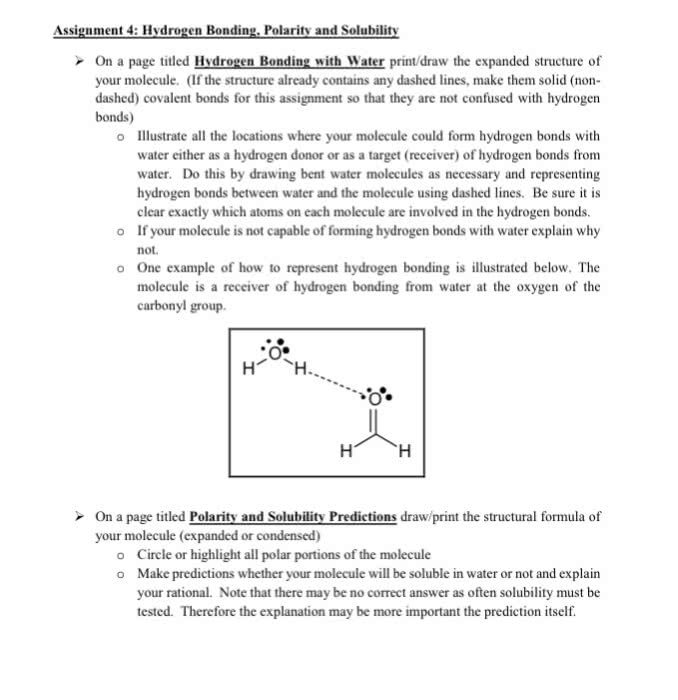PCL201H1 Lecture 3: Lecture 3 Drugs as Molecules
Document Summary
The ability of a chemical to dissolve in a fluid to form a homogenous solution. What factors affect solubility: temperature, molecular size (large molecules have reduced solubility in solution, polarity, depends on ionization state, solubility in aqueous and lipids. Lipid soluble drugs can attach to carriers such as albumin. Permeability is the rate at which a molecule travels through a medium. What affects permeability: solubility, size of molecule (large may have difficulty crossing membrane) For example: oil and water and the lipid bilayer. Oil would be more permeable across a lipid medium and is considered lipophillic. What are hydrophilic compounds: can form hydrogen bonds, water can form hydrogen bonds with itself, glucose and water can form hydrogen bonds, hydration shell, nacl crystal: charged regions form dipole moments with other molecules. Drug compounds must interact with water and lipid environments. The ideal drug must be: biologically active, active at physiological ph, soluble in water and lipid (permeable)



